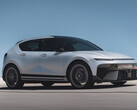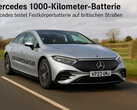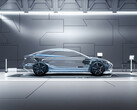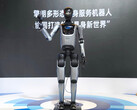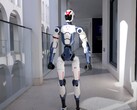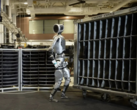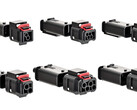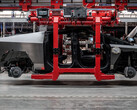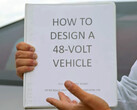Hyundai could become the first major automotive company to move its entire vehicle fleet from the aging 12V low-voltage system to the modern 48V architecture.
The move will also apply to the upcoming Tesla Optimus humanoid robot competitors set for release by Hyundai's Boston Dynamics acquisition.
Just like Tesla did with the Cybertruck, Hyundai has concluded that the old 12V low-voltage architecture that has powered vehicle electronics since the 50s is no longer cutting it. Modern autonomous driver-assist, multimedia and communication systems, as well as features like drive-by-wire and rear steering, require much higher voltage.
Tesla says that the move from 12V to 48V allowed it to drastically shrink the wiring, and at the same time send enough power to the motors for the rear-wheel steering option. The Cybertruck, as well as some other makes and models that use a 48V low-voltage system, are only using it where it makes sense, though.
The Cybertruck's audio amps, for instance, are powered by a lower voltage converter, while a regular 12V jump starter kit can be used if its 48V battery gives up the ghost.
Hyundai, on the other hand, is asking suppliers for a total overhaul of its vehicle electronics to adopt an end-to-end 48V architecture. It realizes that this is a huge undertaking that can't be accomplished overnight, so it wants to establish a 48V electronics supply chain gradually until 2029, with the ultimate goal to lower the cost of the expensive move.
Tesla wanted to do something similar and open-sourced its 48V architecture manual to all automakers, hoping that such components will start falling in price with wider adoption. Instead of turning to Tesla or the Chinese, however, Hyundai will go it alone to avoid decimating its supplier base. "The key is to maintain the hardware and software ecosystem for four years while slightly reducing profitability and changing the SDV and electrical component standard voltage," tipped one insider.
After the acquisition of Boston Dynamics, Hyundai also runs a big robotics division that plans to release humanoid robots like the Tesla Optimus that also runs on a 48V system. Hyundai plans to achieve additional economies of scale by developing 48V electrical and electronic components that can be interchangeably used in mass vehicle and robot production.








